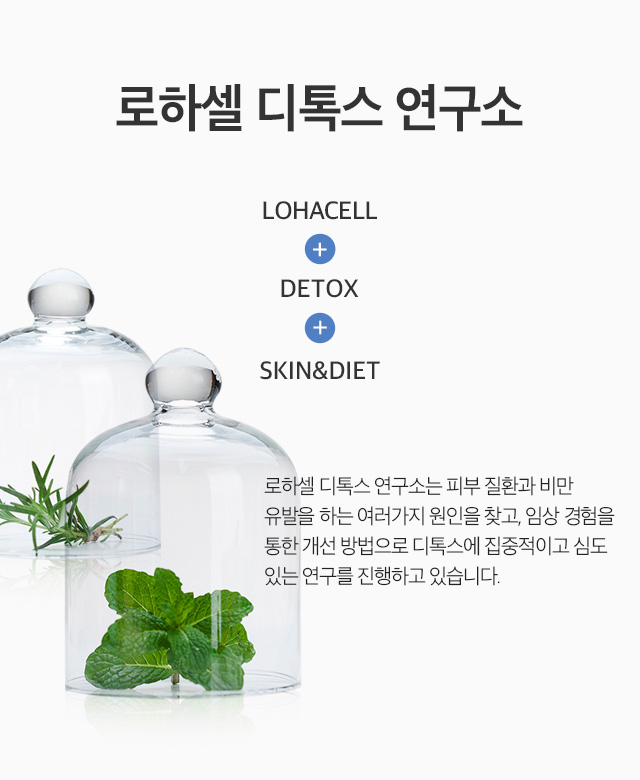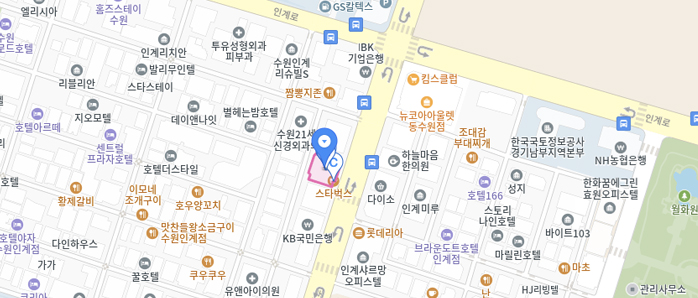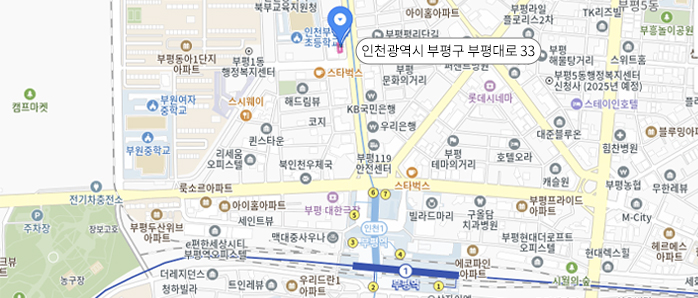- 금불초 꽃 추출물의 항균 및 항산화 활성
- 2017-06-05
금불초 꽃 추출물의 항균 및 항산화 활성
Antibacterial and Antioxidative Activities of Inula britannica Flower Extract
저자명 김은희, 김정은, 김규희, 나의연, 이상기, 정현민, 이현준, 박수남
문서유형 학술논문
인용된횟수 1건
학술지 대한화장품학회지 제35권 제3호 통권74호 (2009. 9) pp.209-217 1226-2587 KCI후보
발행정보 대한화장품학회 |2009년 |한국 |한국어
초록
본 연구에서는 금불초 꽃 추출물의 피부 상재균에 대한 항균작용과 항산화, tyroinase 저해 효과에 관한 조사를 수행하였다. 피부 상재균에 대한 항균활성 측정결과, P. acnes에 대한 ethyl acetate 분획의 MIC는 0.25 %로 나타났으며, methyl paraben과 비슷한 활성을 나타냈고 quercetin보다는 큰 항균활성을 나타내었다. 추출물의 free radical (1,1-diphenyl-2-picrylhydrazyl, DPPH) 소거활성($FSC_{50}$)은 ethyl acetate 분획에서 $8.55{\mu}g$/mL로 측정되었다. Luminol-의존성 화학발광법을 이용한 $Fe^{3+}$-EDTA/H₂O₂계에서 생성된 활성산소종(reactive oxygen species, ROS)에 대한 금불초 꽃 추출물의 총 항산화능은 ethyl acetate 분획 $0.24{\mu}g$/mL로, 50 % EtOH extract와 aglycone 분획 보다 ethyl acetate 분획에서 가장 큰 활성을 나타내었다. 금불초 꽃 추출물에 대하여 rose-bengal로 증감된 사람 적혈구의 광용혈에 대한 억제 효과를 측정하였다. 금불초 꽃 추출물의 경우 $5{\sim}100{\mu}g$/mL의 농도에서 광용혈을 억제하였다. 특히 당을 제거시킨 플라보노이드 aglycone 분획은 $25{\mu}g$/mL 농도에서 $\tau_{50}$이 164.15 min으로 매우 큰 세포보호 효과를 나타내었다. 미백 효과측정으로는 각각 tyrosinase의 활성 저해 효과를 측정하였다. Tyrosinase의 활성 저해 효과(IC50)는 ethyl acetate 분획에서 $87.03{\mu}g$/mL 로 나타났다. 이상의 결과들은 금불초 꽃 추출물이 $^1O2 혹은 다른 ROS를 소광시키거나 소거함으로써 그리고 ROS에 대항하여 세포막을 보호함으로써 생체계, 특히 태양 자외선에 노출된 피부에서 항산화제로서 작용할 수 있음을 가리키며, 금불초 꽃 성분 분석, ethyl acetate 분획의 tyrosinase 저해활성 그리고 피부 상재균에 대한 항균작용으로부터 항산화, 항노화 및 항균성 화장품 소재로서의 응용 가능성을 확인하였다.
In this study, the antibacterial activity, antioxidative effects, inhibitory effects on tyrosinase of Inula britannica flower extracts were investigated. MIC values of ethyl acetate fraction from Inula britannica flower on P. acnes 0.25 %, respectively. The results showed that the antibacterial activity of the ethyl acetate fraction was the highest in the P. acnes. The free radical (1,1-diphenyl-2-picrylhydrazyl, DPPH) scavenging activities ($FSC_{50}$) of ethyl acetate fraction of Inula britannica flower was $8.55{\mu}g$/mL. Reactive oxygen species (ROS) scavenging activities ($OSC_{50}$) of some fInula britannica flower extracts on ROS generated in $Fe^{3+}$- EDTA/H₂O₂ system were investigated using the luminol-dependent chemiluminescence assay. The order of ROS scavenging activities were ethyl acetate fraction $0.24{\mu}g$/mL. Ethyl acetate fraction showed the most prominent ROS scavenging activity. The protective effects of extract/fractions of Inula britannica flower on the rose-bengal sensitized photohemolysis of human erythrocytes were investigated. The Inula britannica flower extracts suppressed photohemolysis in a concentration dependent manner ($5{\sim}100{\mu}g$/mL), particularly deglycosylated flavonoid aglycone fraction exhibited the most prominent celluar protective effect ($\tau_{50}$, 164.15 min at $25{\mu}g$/mL). The inhibitory effect of Inula britannica flower extracts on tyrosinase was investigated to assess their whitening efficacy. Inhibitory effects (IC50) on tyrosinase of some Inula britannica flower extracts were high. Ethyl acetate fraction has IC50 of $87.03{\mu}g$/mL. These results indicate that extract/fractions of Inula britannica flower can function as antioxidants in biological systems, particularly skin exposed to UV radiation by scavenging $^1O2 and other ROS, and protect cellular membranes against ROS. And inhibitory activity on tyrosinase of the ethyl acetate fraction and high potential as bactericide against the skin pathogenic bacteria could be applicable to new functional cosmetics for antioxidant, antiaging, antibacterial activity.











